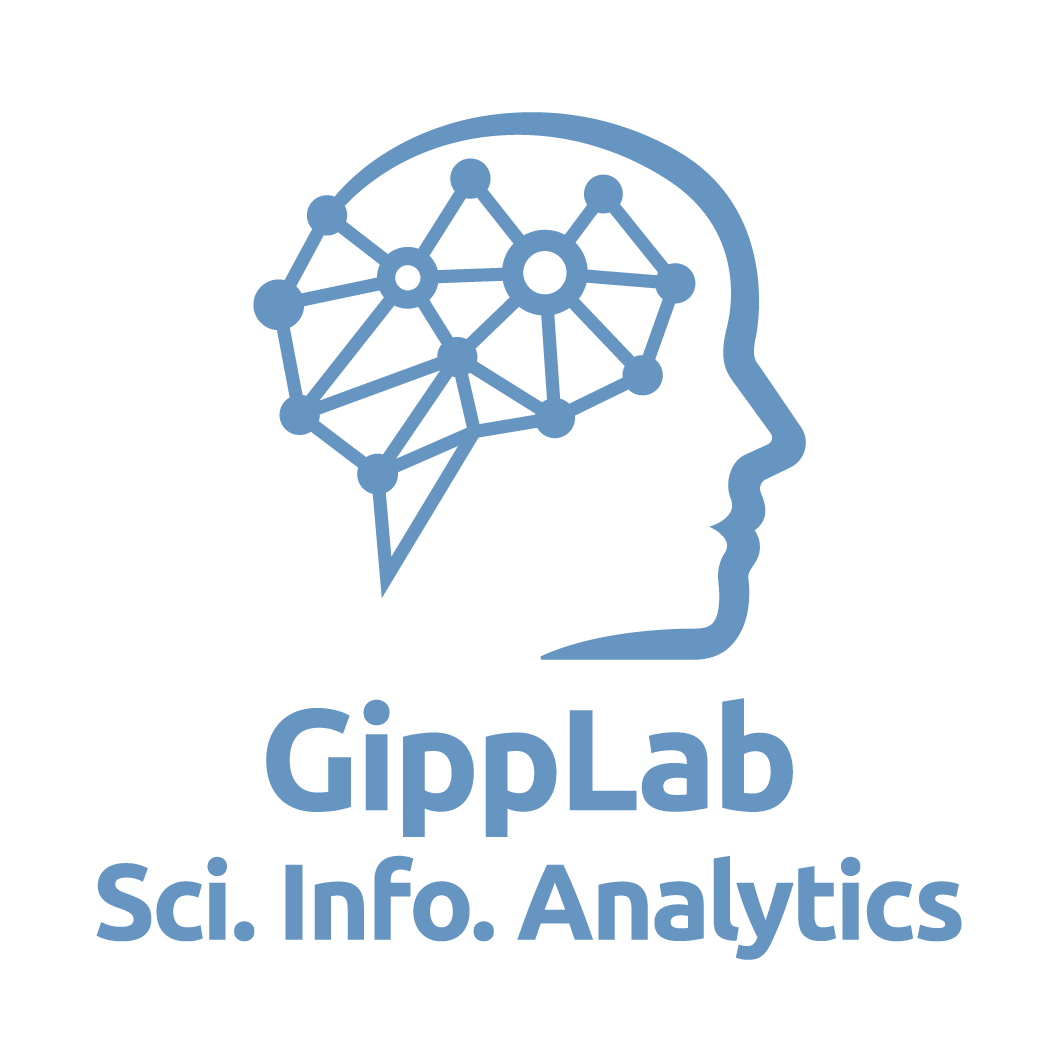AI Solving
Background
With the digital era and the need to communicate complex information quickly and concise, emojis are used to abbreviate otherwise lengthy textual descriptions. Due to higher resolutions, emojis evolved into rich and detailed graphics for a large variety of use cases. The sheer number of existing graphics motivated emoji riddles, puzzles that try to reverse engineer the intended textual meaning of a set of graphics. Due to the ambiguities of simplified graphics, these emoji riddles often require a certain degree of creativity to solve. Meanwhile, all the information necessary to solve such puzzles are generally accessible to modern algorithms. Hence the pressing question, can an AI be creative and solve emoji riddles?
Goal
- Develop a model that converts a set of emoji graphics into textual descriptions.
Tasks
- Study which models, datasets, metrics can be used in this task.
- Develop a concept model that trains connections between graphics and textual descriptions.
- Train and evaluate the model.



